As an industrial designer, Ding Wei is constantly exploring the body of design, the boundary of design, the method of design and the possibility of design. In the great navigation era of design development, "Evolution of Design" maps the evolutionary clues of the times through the presentation of individual experience, so as to cherish the past and face the future more! Origin: one day in August 2010, in Mr. Wu Guanzhong's art retrospective exhibition, a wall was written about Mr. Wu's complete artistic life from birth to departure. This exhibition made Ding Wei realize that the individual's history is also worthy of being respected and recorded, and thus began to consciously record his own works and insights, from personal thinking, to social innovation practice, design education exploration, and then to Industrial design, cultural and creative design, etc. "The Evolution of Design" is the result of Ding Wei's collation of the industrial design practice in the past 20 years. Its significance is not only a review of individual works, but also a horizontal juxtaposition of the vertical design history in front of it, with a small The perspective reflects the evolution of contemporary Chinese industrial design. This book can be roughly divided into four parts: design viewpoint, industry case, process method and design ecology. The first part presents the design team's cognition of design from different perspectives. From Beijing, Shanghai, Shenzhen to Hangzhou, Nanjing, Hefei and Ningbo, Trojan horse design teams cover many second-tier 1. cities across the country. Design and characteristic industries in different regions blend and coexist, presenting the methods, viewpoints and attitudes of designers in different regions. Understanding design from the perspectives of business, technology, and culture, substituting these cognitions into both spatial differences and time backgrounds, this juxtaposition makes this book rich and meaningful. The second part takes the industry as a clue and truly presents the design works of Trojan horse design in the past 20 years. In today's era, design and industry are deeply integrated, and different industries show different development trends. For example, in the medical industry, design expresses mild care; in the field of artificial intelligence, design pays attention to the needs of users under different consumption scenarios and application scenarios, and provides valuable services for users; in the field of large consumption, design needs to express its concern for culture and user value from different perspectives ...... At the same time, the industry is constantly changing, and the inherent industry gradually fades out of the public's vision, while emerging industries are emerging at a faster rate and changing our lives, how to help companies continue to create long-term value in the changing trend is perhaps the most important issue for design. This chapter summarizes nearly 200 winning works of the design team, including Red Dot Award, IF, IDEA, G-Mark Award, China Red Star Award, etc. The third part mainly expresses the design process and method in the context of the new industrial paradigm. Today's design has produced new changes: from narrow design to broad design; from design service to design-driven and leading; from tangible design to intangible information design and service design, and even social design. With the development of the times, it is of great significance for designers to promote design innovation with the power of design and establish more effective design processes and methods. The "four-chain integration-seven-step innovation" approach proposed by Ding Wei focuses on the whole process of design, from insight into discovering social problems and opportunities, to defining product prototypes and systems, to structural design, supply chain integration and community-based Integrated marketing. This chapter selects typical cases to explain the whole process of insight, product definition, design and dissemination, and explains today's design process and outlook from a typical perspective. The fourth part takes time as a clue to present the history of the design team and the evolution of the organization. With the development of industry, design has become more and more important, and it plays an important role in promoting cities, industries, and entrepreneurship. As Churchill said, "as far as you can see the past, you can see the future"! These textual studies of individual and team design history make it easier for people to discover clues to design evolution, thus producing more accurate judgments about the future. Perhaps, this is exactly what "Evolution of Design" is about to present and tell! Ding Wei is an idealist who strives for design. He is constantly exploring the body of design, the boundary of design, the method of design and the possibility of design. From the "360-degree design concept", design-driven industry to the "design county plan" and urban design system, in the era of design development, what capabilities do future designers need? Where will industrial design go? With these questions, we had a dialogue with Ding Wei: Q: Why use "Evolution of Design" as the title of this book? A: This book is an overall review of my personal and team's past design practices, from which we can see the industrial evolution process mapped by design. The subtitle of this book is "Exploration of Design Enabling Industry Innovation". We hope that through these cases, we can let everyone see the concept, method and practice of driving value of the design team. Taking time as a clue, the works of different time points in the past are presented to readers through this book, showing the evolution process of the concept of design institutions, so it is named "the evolution of design". Q: What has changed in design in the past two decades and in what direction will it go in the future? A: Twenty years ago, the vast majority of enterprises did not have much knowledge of design, and we need to tell enterprises what design is, how much value design can create, and more about doing popular science work. Later, enterprises paid more and more attention to design, and the national awareness of design continued to improve. The country was also paying attention to aesthetic education. Design has entered all aspects of life. Designers are also exploring in more dimensions, from promoting design-driven brands, integrating innovative supply chains, to providing products for consumers in new life scenarios. Today's design is more integrated into the society, and the design has become more vertical. Designers are making more targeted designs for vertical industries. Q: For students studying design, what abilities do you think future designers need? A: "Your cognition is your world". For students, I think the most important thing is to improve the cognitive level of design, understand the principles, operation rules and evolution of design, so as to understand design as a whole. The growth of designers can be divided into four stages: the first stage, you need to master sketches, two-dimensional performance, three-dimensional modeling, digital communication and other technologies, these technologies are also the entrance for everyone to enter the design; the second stage, You need to understand the manufacturing process of the product, and you need to understand the technical implementation methods for virtual products. Designers should go deep into the front-line manufacturing and supply chain to understand design. Technology is both the basic guarantee and opportunity of design. The third stage is to understand the essence of business. From multinational companies, start-ups to creation-centered companies such as ODM and OEM, different companies have different design needs. Designers can only make designs that are more suitable for the market if they master different business strategies and methods; the fourth stage, To understand the culture, users and popular trends of different regions, designers can only think about design from a macro historical and cultural background, only in this way can we design products and services that are more in line with regional culture. Looking back at the design development of China, Europe, the United States, Japan and other countries, we will find that brands are inextricably linked with national character, geography, history and philosophy. It is hoped that future designers can establish a complete understanding of design from a higher dimension. Q: What do you think is the difference between excellent design in different times? What other value does design have besides commercial value? A: Excellent design has different directions in different contexts. Establishing the cognition of different standards of excellent design is a sign of designer's maturity. A design that has achieved commercial success is not necessarily a design that has won international awards, and a design that has been recognized academically may not be favored by consumers. Therefore, an excellent design is to balance the diversified needs of the market, users, technology and society. From the user side, a good design is to bring a good experience to users, not only "usable" but also "easy to use" and "easy to use". Designers pay more attention to user experience and user value; From a social perspective, design not only pays attention to users, but also pays attention to environmental, green, and sustainable issues, and pays attention to the overall value of stakeholders. In addition to commercial value, design is more important to guide the industry and the public to pay attention to the sustainable development of society through design power. Q: In the era of social communication, in your opinion, what changes have taken place in business model and product innovation? A: The way of communication between products and users has brought about profound changes in the era of social communication. In the past, product innovation was more technology and production-oriented, and the design process was one-way. Today, more attention is paid to co-creation with consumers. The design process pays more attention to listening to the voice of consumers and projects this information into the product development process. When products are introduced to the market, manufacturers also use social communication to pay attention to market feedback, thus accelerating product iteration and better evolving products. In the era of social communication, new social characteristics have profoundly changed the way we understand users and product development. Only by adapting to the new changes of the times can design better satisfy users and achieve commercial success. Finally, Mr. Ding Wei also introduced the book to us through a small video. You can poke the video below to learn more about it. Conclusion: Design is a mirror of social evolution, mapping the world of continuous evolution from a small perspective. Facing the future, we will start more brave exploration and inject warm design power into the world! Author's brief introduction: Ding Wei, founder of Trojan horse design, former dean of Art Design and Media College of East China University of Science and Technology, famous designer, promoter of design county plan. Graduated from the Academy of Fine Arts of Tsinghua University, he served as the vice president of Shanghai Industrial Design Association, the vice chairman of Shanghai Creative Workers Association, the vice chairman of Shanghai Youth Creative Talents Association, and the director of Shanghai Interactive Design Professional Committee. China is the first to win the UNESCO Creative Innovation Award, the German Red Dot Award, the IF Design Award, the American IDEA Design Award, the G-MARK Design Award, the China Industrial Design Contribution Award, the China Top Ten Industrial Designers, and the China Red Star Award. Designer with eight awards. Ding Wei advocates collaborative innovation and leads the design team to complete more than 1,000 design projects, serving nearly 50 top 50 enterprises in the world, such as PHILIPS, GE, OTIS, Samsung, Intel and Johnson & Johnson. Published "Enlarged Design", "Trojan Horse Industrial Design Practice", "360 View Design", "New View of Cultural and Creative Design" and other works.

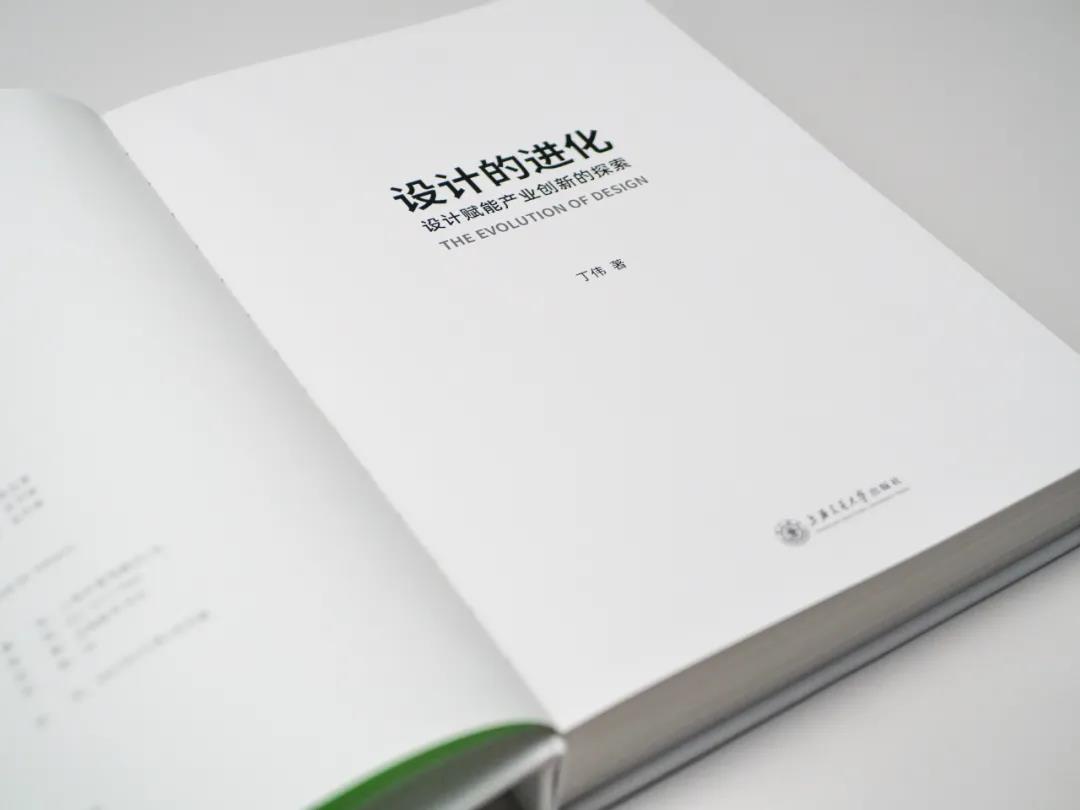
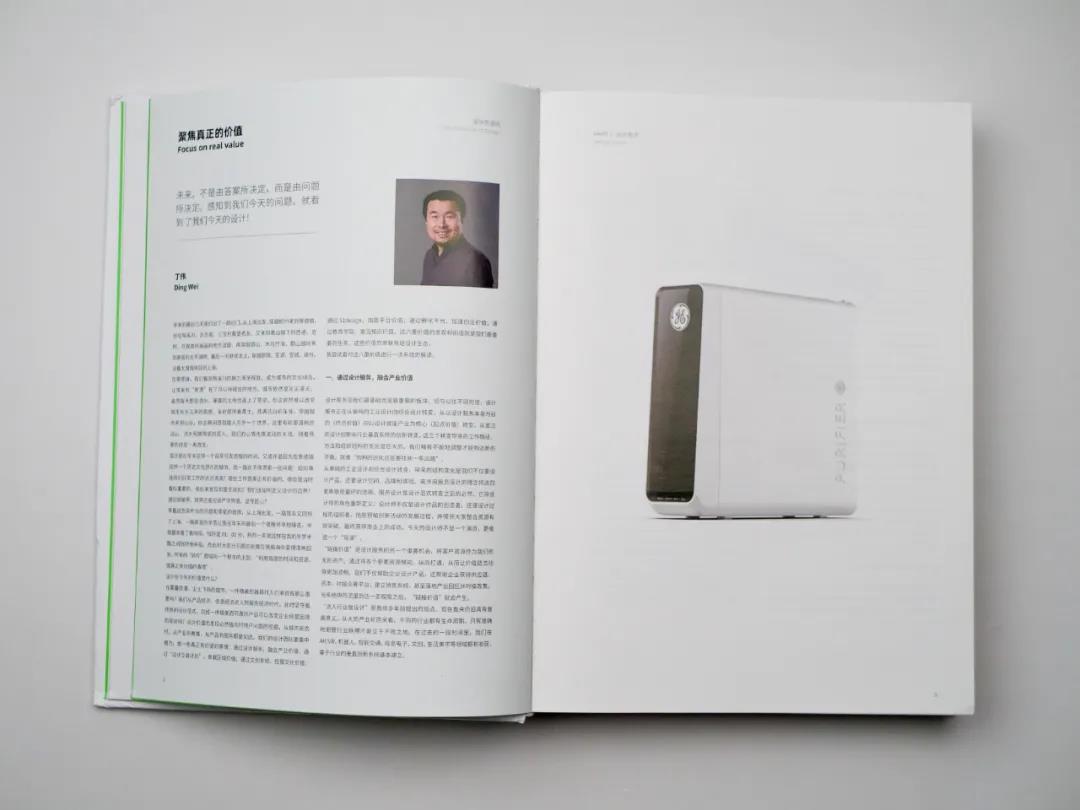
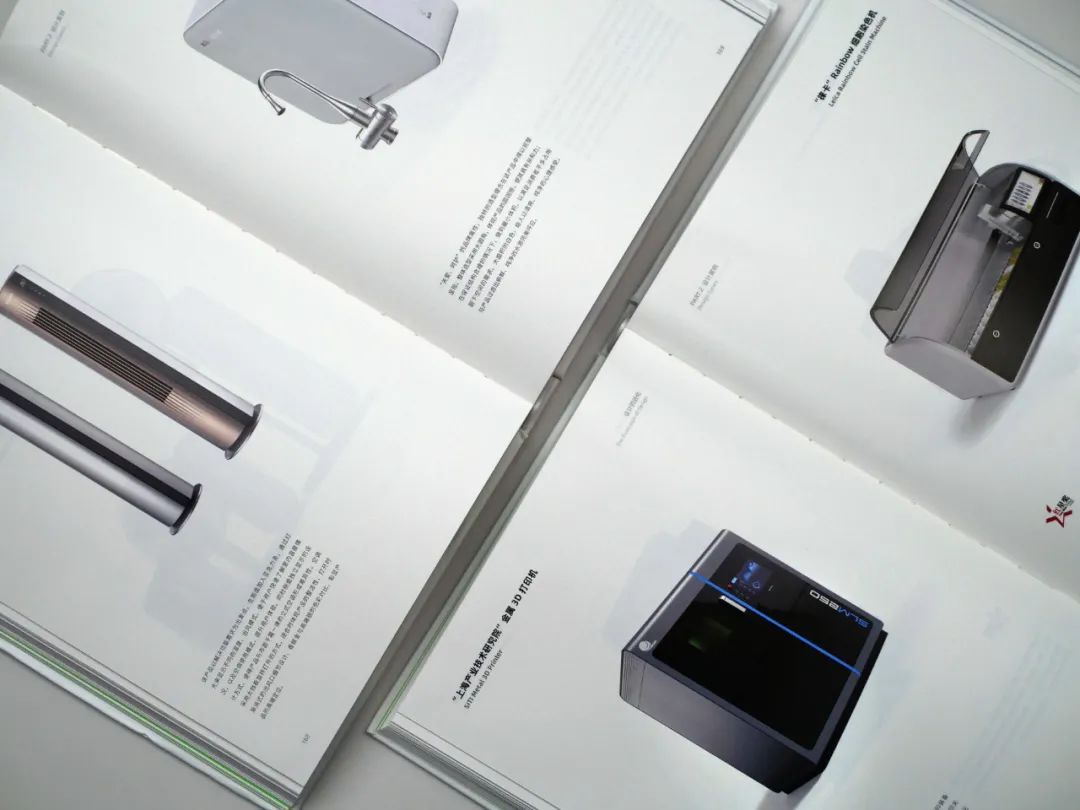
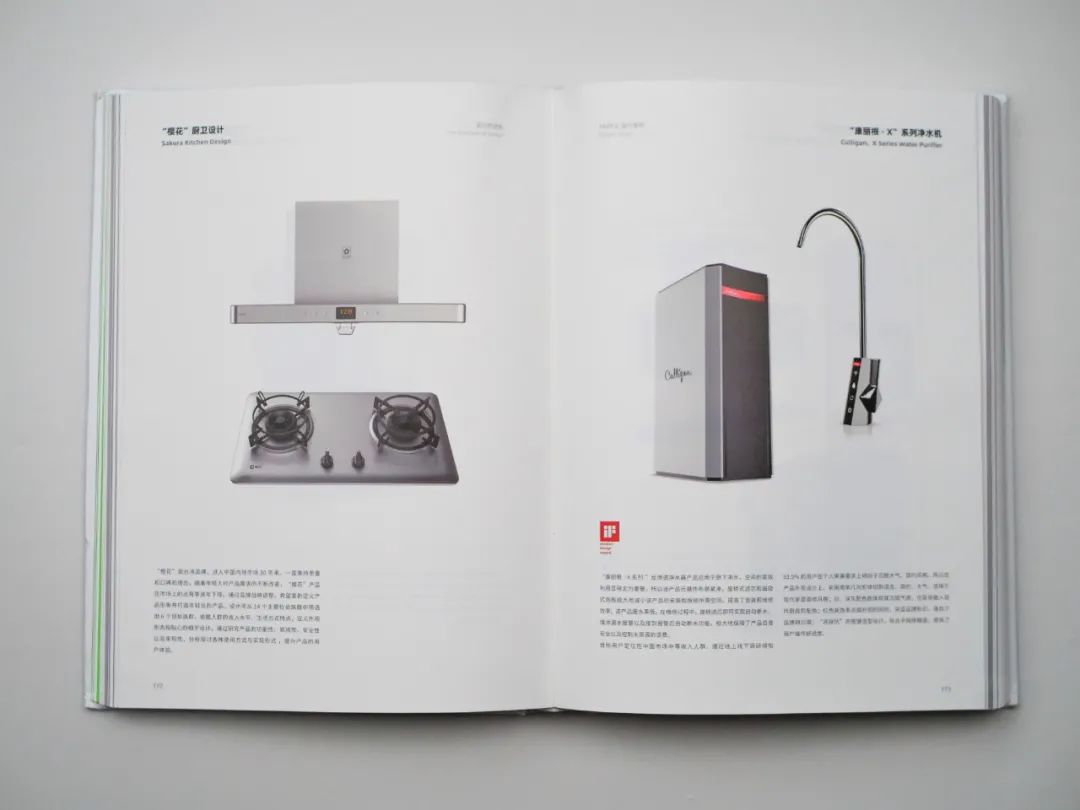

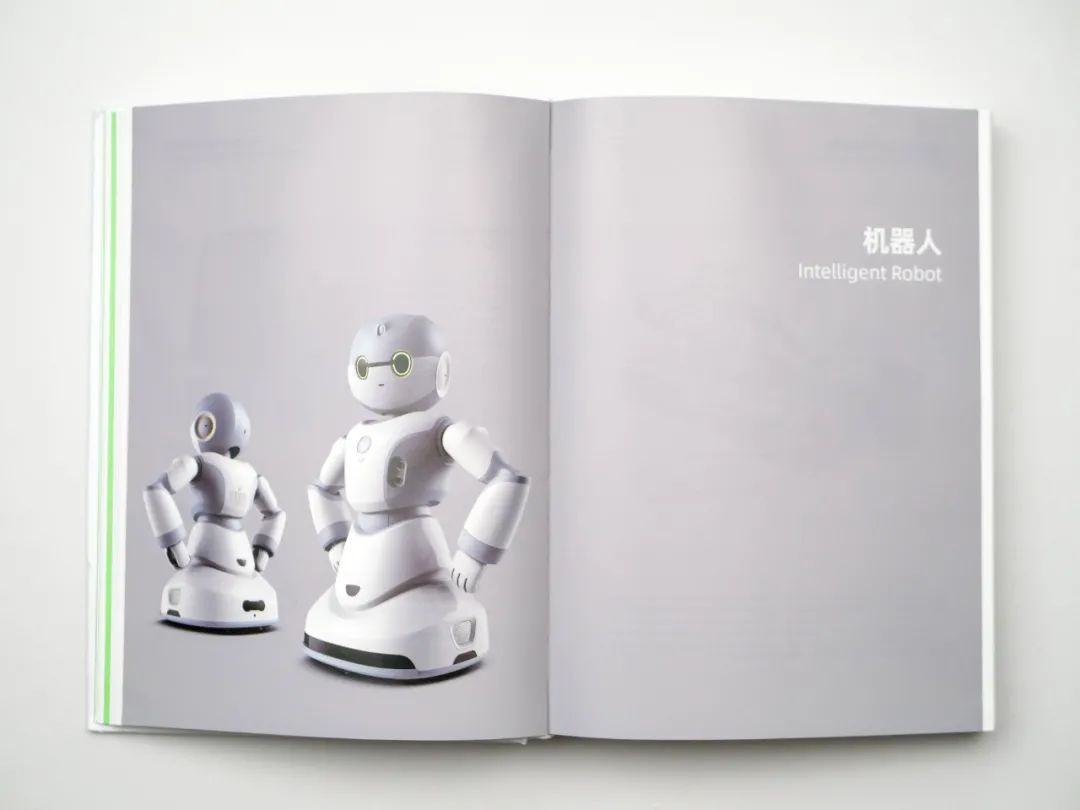


The copyright of this work belongs to 杭州木马设计. No use is allowed without explicit permission from owner.

New user?Create an account
Log In Reset your password.
Account existed?Log In
Read and agree to the User Agreement Terms of Use.

Please enter your email to reset your password
Comment Board (0)
Empty comment